Blocked Tear Ducts: Causes, Symptoms, and Treatments
Tear ducts play a crucial role in keeping your eyes healthy and comfortable. They help drain excess tears from your eyes into your nose, preventing them from spilling over unnecessarily. However, if a tear duct becomes blocked, your tears cannot drain properly, leading to watery, irritated eyes. This condition can occur in people of all ages and may cause discomfort or increase the risk of infections.
If you suspect you have a blocked tear duct, it’s important to understand the causes, symptoms, and treatment options available.
What Causes a Blocked Tear Duct?
Blocked tear ducts can develop for a variety of reasons. Some are temporary and clear up on their own, while others may require medical treatment. Here are some of the most common causes:
Congenital Blockage
It’s estimated that up to 20 percent of newborns are born with a blocked tear duct. In many cases, the duct remains underdeveloped at birth but opens naturally within the first year of life.
Injury or Trauma
A broken nose or facial injury can cause scar tissue to form near the tear drainage system, which can block the normal flow of tears. Even minor injuries, such as rubbing your eyes too aggressively, can lead to inflammation or partial blockages.
Aging
As you get older, the tiny openings in the corner of your eyes, called the puncta, can become narrower. This can slow down tear drainage, making it more likely for blockages to develop.
Infections and Inflammation
Conditions such as conjunctivitis (pink eye), sinus infections, or chronic eye inflammation can cause swelling that blocks the tear ducts. Frequent eye infections can also contribute to long-term issues with tear drainage.
Medical Treatments
Some medical treatments can increase the risk of tear duct blockages, including:
- Certain eye drops, especially those used for glaucoma treatment
- Radiation therapy or chemotherapy, which may cause scarring or damage to the tear drainage system
- Long-term use of contact lenses, which can sometimes contribute to eye irritation and inflammation
Signs and Symptoms of a Blocked Tear Duct
A blocked tear duct may cause mild to severe symptoms, depending on the underlying cause. Some common signs to look for include:
- Excessive tearing (eyes that constantly water, even when not crying)
- Redness in or around the eye
- Pain and swelling near the inner corner of the eye
- Crusty buildup on the eyelids, especially in the morning
- Discharge from the eye (which may look like mucus or pus)
- Blurred vision caused by excess tears interfering with clear sight
- Frequent eye infections, since tears that cannot drain properly can lead to bacterial growth
If you experience any of these symptoms for an extended period, it’s best to see an optometrist for evaluation and possible treatment.
Treatment Options for a Blocked Tear Duct
The treatment for a blocked tear duct depends on the cause and severity of the blockage. While some cases resolve on their own, others require medical intervention. Here are some common treatment options:
1. Massage Therapy
For newborns and young children with a congenital blockage, gentle massage of the lower corner of the eye near the nose can help open the duct. Using a clean finger, parents can apply light pressure in a circular motion a few times a day. In many cases, this can clear up the blockage within the first year of life.
2. Warm Compresses
Applying a warm compress to the affected eye can help reduce swelling and loosen any debris that may be blocking the duct. This method is particularly helpful for cases caused by inflammation or minor infections.
3. Antibiotic Treatment
If an infection is causing the blockage, an optometrist may prescribe antibiotic eye drops or oral antibiotics to clear up the infection and reduce inflammation. This can often resolve the issue without further intervention.
4. Probing and Dilation
In cases where the tear duct remains blocked despite conservative treatments, a doctor may use a small, specialized instrument to manually open the duct. This is known as tear duct probing and is a common procedure for infants with persistent blockages.
For adults, a similar dilation procedure may be performed using tiny instruments to widen the tear drainage passages and allow tears to flow more freely.
5. Surgery (Dacryocystorhinostomy – DCR)
For severe or long-term blockages, surgery may be necessary to create a new pathway for tear drainage. This procedure, known as dacryocystorhinostomy (DCR), involves inserting a small stent (tube) to keep the passage open. The surgery is typically successful in restoring normal tear drainage.
When to See an Optometrist
If you or your child is experiencing symptoms of a blocked tear duct, it’s important to seek professional eye care before the condition leads to further complications. You should see an eye doctor if:
- Your tearing and eye irritation persist for more than a few weeks
- You experience pain, redness, or swelling near the inner corner of your eye
- You have frequent eye infections or discharge
- Your vision becomes blurred due to excessive tearing
Early intervention can help prevent chronic infections, reduce discomfort, and restore normal tear drainage.
Comprehensive Eye Care in Edmonton
At Optometrists’ Clinic, we offer expert care for a variety of eye conditions, including blocked tear ducts. Our team provides thorough eye exams, pediatric eye care, and treatment options tailored to your specific needs.
If you or your child is experiencing excessive tearing, eye irritation, or frequent infections, don’t wait—schedule an appointment today at one of our locations in Edmonton, Leduc, or Westlock. Let us help you find the best treatment to keep your eyes comfortable and healthy.




